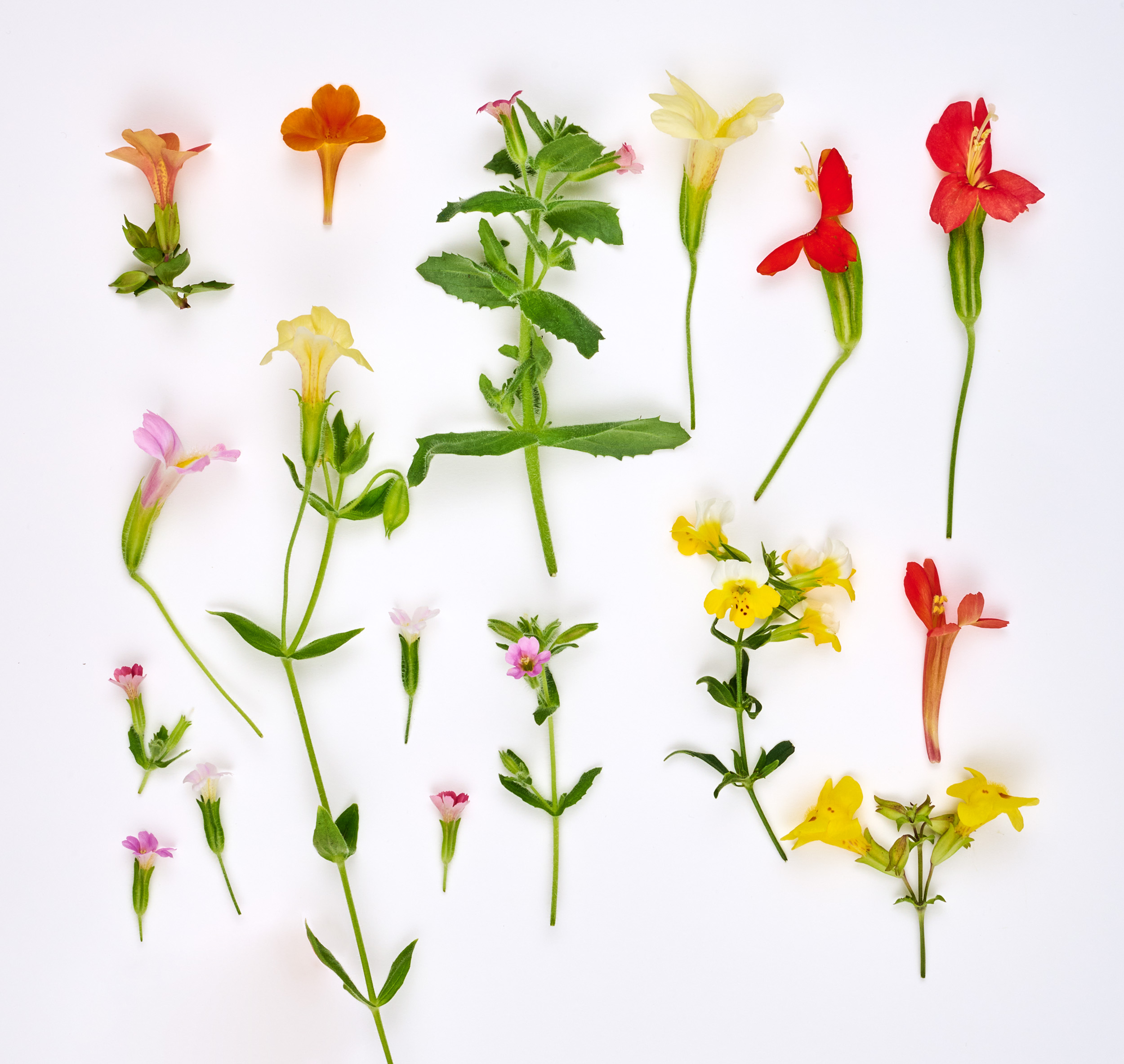
Monkeyflowers are famous for growing in harsh soils where other plants can’t. They are also famously diverse in shape and color. And monkeyflowers provide a textbook example of how a single-gene change can make a new species. In a recent issue of the journal Science, UConn botanists explained what happened genetically 5 million years ago that caused monkeyflowers to jettison yellow pigment — which was later recovered by a descendant species, leading to production of red flowers that attracted hummingbirds instead of bees for pollination, isolating the red flowers genetically and creating a new species.




Leave a Reply